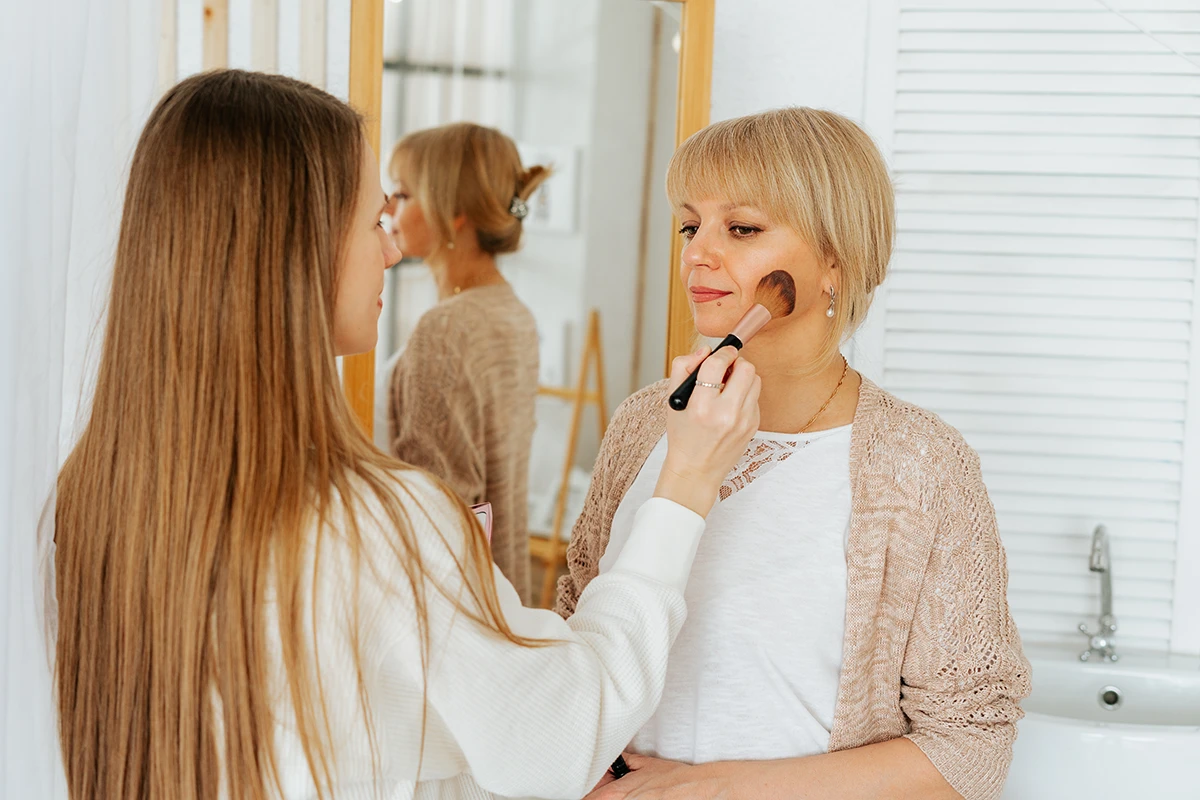Your skin is a reflection of your overall health and well-being. A glowing and blemish-free complexion often boosts confidence and self-esteem. However, many people, at some point in their lives, have had to deal with those tiny, stubborn bumps that appear on their faces. These are often known as milia. In this comprehensive guide, we will delve into the world of milia, discussing what it is, what causes it, and how to prevent and treat it.
What Are Milia?
Milia (singular: milium) are small, white or flesh-colored cysts that typically appear on the face, particularly around the eyes, nose, and cheeks. They may also occur on other areas of the body. These tiny cysts are often mistaken for whiteheads or pimples, but they are not the same.
Milia are primarily made up of keratin, a protein found in the outermost layer of the skin. Unlike pimples or whiteheads, milia do not contain sebum or oil. They are typically painless and do not cause itching or irritation.
Types of Milia
There are several types of milia, each with its own distinct characteristics and causes. The most common types of milia include:
- Primary Milia: These are often seen in infants and are considered normal. They typically disappear on their own within a few weeks to months.
- Secondary Milia: These can develop at any age and are usually associated with skin damage or injury. Secondary milia may occur as a result of certain skin conditions, such as blistering disorders or long-term use of topical steroids.
- Neonatal Milia: These tiny cysts can appear on a newborn's face, particularly on the nose and cheeks. They are temporary and generally resolve on their own within a few weeks.
- Milia en Plaque: This rare form of milia occurs in conjunction with other skin conditions, such as lichen planus or discoid lupus erythematosus. It presents as a group of milia within an inflamed, raised patch of skin.
Causes of Milia
Understanding the causes of milia is essential in preventing and treating them effectively. Here are some common factors contributing to the development of milia:
- Dead Skin Cells: Milia form when dead skin cells become trapped beneath the surface of the skin. The buildup of these cells can block sweat glands or hair follicles, leading to the formation of cysts.
- Skin Care Products: The use of heavy or oil-based skin care products can sometimes contribute to the development of milia, as they can clog pores and prevent the shedding of dead skin cells.
- Sun Damage: Prolonged sun exposure can damage the skin and disrupt its natural shedding process, potentially leading to milia.
- Skin Injuries: Trauma to the skin, such as burns or blisters, can result in secondary milia as the skin heals.
- Genetic Factors: Some people may have a genetic predisposition to developing milia.
Prevention of Milia
Preventing milia can be challenging, but certain lifestyle and skincare habits can help reduce the risk of their formation:
- Proper Skincare Routine: Adopt a skincare routine that includes gentle cleansing, exfoliation, and moisturizing. Exfoliating products with alpha hydroxy acids (AHAs) or beta hydroxy acids (BHAs) can help keep the skin's surface clear.
- Avoid Heavy Products: Choose non-comedogenic (won't clog pores) and oil-free skincare products. These products are less likely to contribute to milia formation.
- Sun Protection: Protect your skin from the harmful effects of UV radiation by wearing sunscreen daily and avoiding excessive sun exposure.
- Be Gentle: Avoid aggressive scrubbing or picking at your skin, as this can damage the skin's barrier and potentially lead to milia.
- Consult a Dermatologist: If you have a history of milia or are prone to developing them, consider consulting a dermatologist for personalized advice and treatment options.
Treatment Options for Milia
If milia do develop, there are several treatment options available to address them:
- Extraction: A dermatologist can safely and hygienically extract milia using a sterile needle or scalpel. This procedure should only be performed by a trained professional to prevent scarring or infection.
- Topical Retinoids: Prescription-strength topical retinoids, such as tretinoin, can help accelerate skin cell turnover and promote the shedding of dead skin cells, which may reduce milia over time.
- Chemical Peels: Dermatologists may recommend chemical peels, which use acids to exfoliate the skin and encourage the removal of milia.
- Cryotherapy: Cryotherapy involves freezing the milia with liquid nitrogen, causing them to dry up and fall off.
- Laser Therapy: Laser treatment can be used to target and destroy milia. It is often considered for persistent cases.
- Microdermabrasion: This non-invasive procedure uses a machine to gently exfoliate the outer layer of the skin, helping to remove milia.
Milia on the face can be a cosmetic concern for many individuals, but understanding their causes, prevention, and treatment options can help manage and reduce their appearance. Remember that proper skincare practices, regular sun protection, and consulting a dermatologist when necessary can all contribute to achieving a clearer and healthier complexion. If you are dealing with milia, it's essential to consult a healthcare professional for personalized advice and treatment options tailored to your specific needs.


